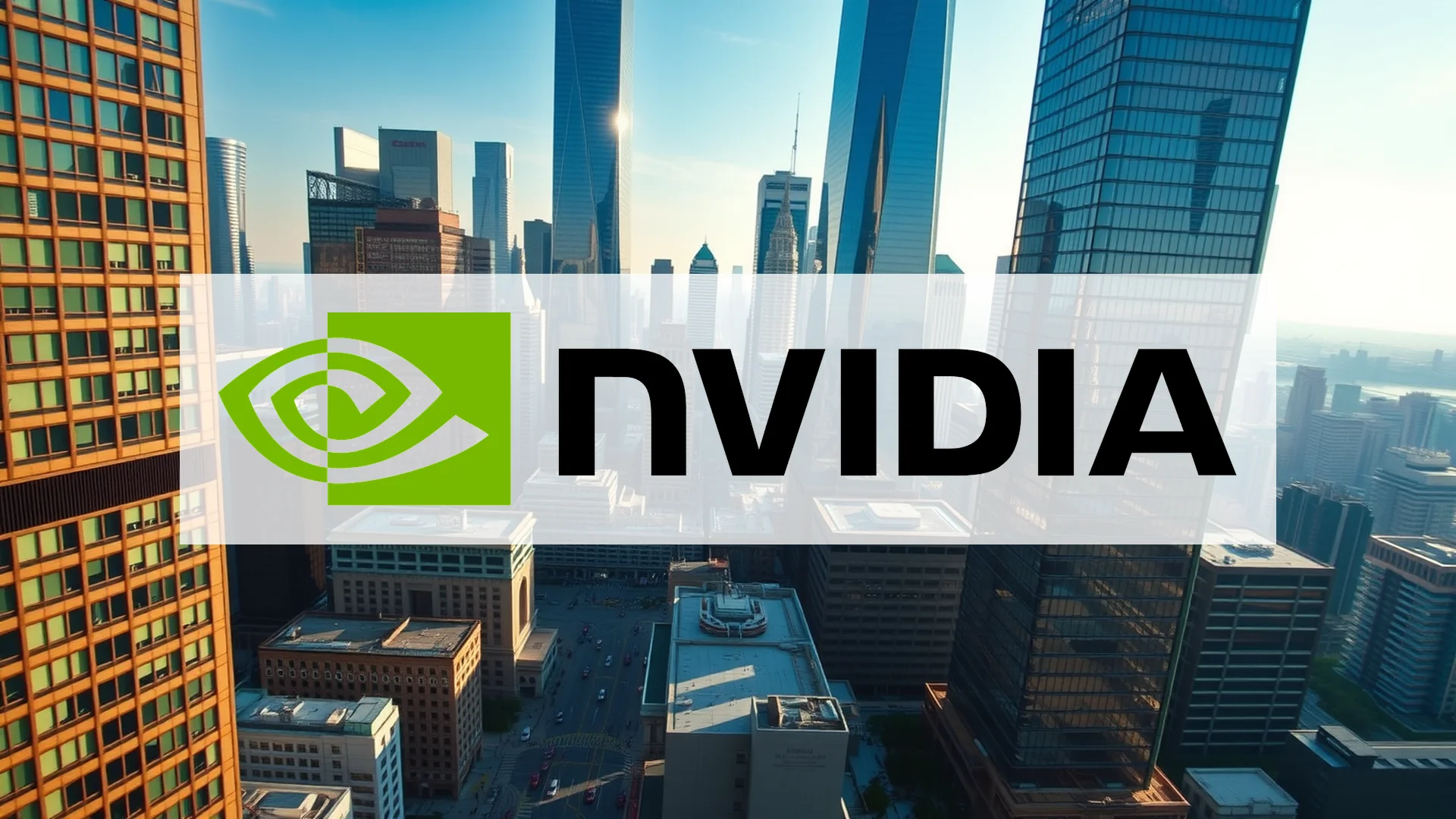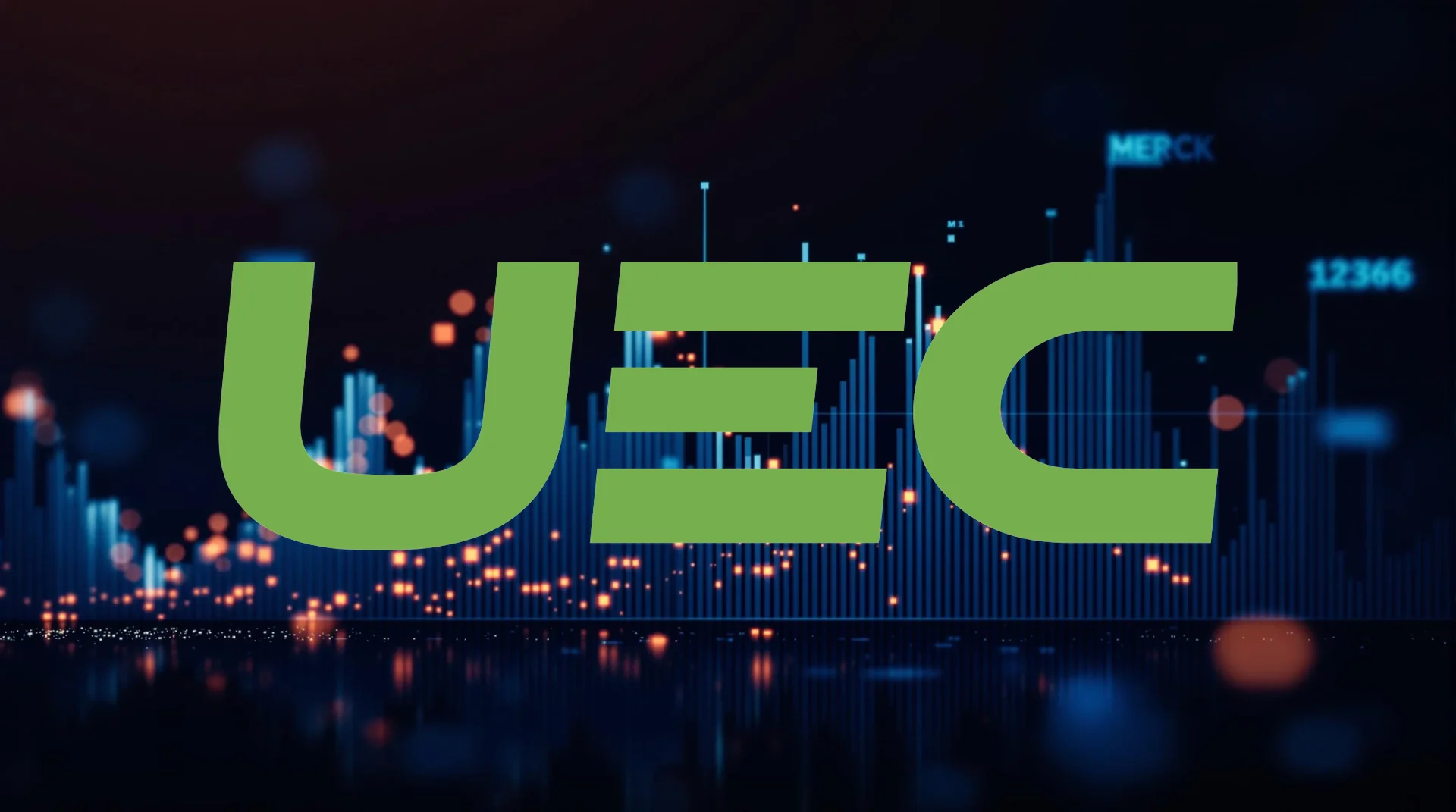Nvidia finds itself at a critical juncture. The chipmaking behemoth continues to post extraordinary growth figures, yet mounting evidence suggests a potential shift in momentum may be underway. For the first time in ten years, the company’s core business segment has experienced a slight contraction. Concurrently, its most significant clients are actively developing in-house alternatives, raising questions about the sustainability of the AI-driven boom.
Spectacular Revenue Fails to Mask Emerging Vulnerabilities
At first glance, the most recent quarterly results appear phenomenal. Second-quarter revenue reached $46.7 billion, representing a substantial 56 percent year-over-year increase. The data center division, the primary engine behind Nvidia’s success, saw its revenue surge by 56 percent to $41.1 billion.
However, a deeper analysis reveals emerging weaknesses within this growth narrative. For the first time in a decade, revenue within the crucial compute and networking segment for data centers declined, albeit by a marginal 0.9 percent. While seemingly insignificant, this dip could signal the beginning of a more substantial market correction.
High-Stakes Client Dependence Poses a Significant Risk
A particularly alarming detail is the concentration of the company’s revenue. Nearly 39 percent of total quarterly sales originated from just two direct customers. This extreme reliance creates a vulnerability, especially as these very clients are seeking to reduce their dependence.
Should investors sell immediately? Or is it worth buying Nvidia?
OpenAI, a pivotal player in artificial intelligence, is collaborating with Broadcom to develop its own AI accelerator chips, a project potentially worth $10 billion. Other tech giants, including Meta and Google, are also aggressively advancing their proprietary semiconductor initiatives. The strategic intent is unambiguous: to break free from sole-supplier dependency.
Can the Blackwell Platform Counter the Growing Threats?
Nvidia is pinning its hopes on its new Blackwell architecture to maintain its competitive edge. Partners such as Super Micro Computer have already commenced volume shipments of systems featuring the new technology. Furthermore, the supply chain is gearing up for the next generation; supplier SK Hynix has completed the development of critical HBM4 memory chips.
Nevertheless, it remains uncertain whether these technological advancements will be sufficient to offset the mounting competitive pressures and the initial signs of softening growth. With a Relative Strength Index (RSI) exceeding 71, the stock is already considered to be in overbought territory, presenting another cautionary indicator for investors.
Ad
Nvidia Stock: Buy or Sell?! New Nvidia Analysis from December 19 delivers the answer:
The latest Nvidia figures speak for themselves: Urgent action needed for Nvidia investors. Is it worth buying or should you sell? Find out what to do now in the current free analysis from December 19.
Nvidia: Buy or sell? Read more here...









